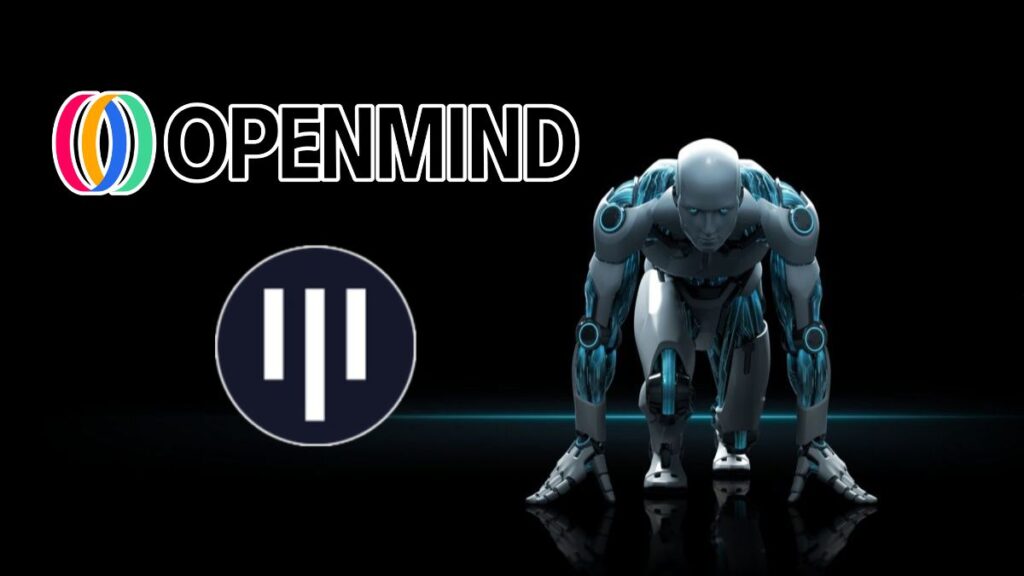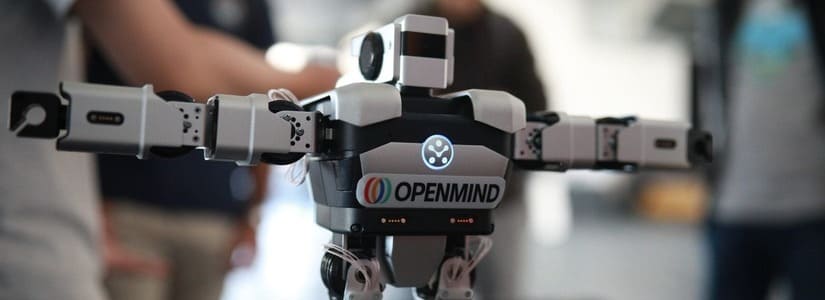TL;DR
- Pantera leads a $20M investment in OpenMind to advance FABRIC, a system that links AI-powered robots without relying on specific hardware.
- FABRIC uses blockchain to record and audit events, ensuring secure collaboration among machines from different manufacturers.
- OpenMind moves forward with real-world FABRIC deployments, supported by fresh funding and backing from specialized investors.
Pantera Capital spearheaded a $20 million funding round to back OpenMind, the startup behind FABRIC, a decentralized operating system for robots. Coinbase Ventures, Digital Currency Group and Ribbit, among others, joined the effort to connect intelligent machines via open-source technology.
What Is FABRIC?
FABRIC operates independently of any single hardware platform, enabling AI-driven robots to share location data, detect nearby devices and coordinate actions securely. By establishing a trusted framework, machines from varied vendors work together as if on a unified global network.
Jan Liphardt, OpenMind’s CEO and a Stanford professor, points to siloed robotic platforms as a barrier to progress. FABRIC aims to install its coordination protocol easily on each machine, so robots don’t act in isolation but exchange data and adapt collectively.
The design of FABRIC integrates blockchain elements to safeguard message integrity and block external tampering. Each robot logs its events in a distributed ledger, simplifying audits and ensuring adherence to predefined rules. This capability proves critical in high-stakes settings, from supply chains to emergency response.
OpenMind Seeks to Mirror the Internet’s Success
OpenMind argues that interoperability will speed robotic adoption in everyday scenarios. When multiple robots share an environment, they require a standard to keep their decisions consistent. FABRIC provides that standard and supports complex use cases, such as collaborative inspection teams or automated delivery fleets.
Pantera and its co-investors underscore growing interest in projects that marry decentralization with artificial intelligence. OpenMind’s goal mirrors the Internet model: a global platform where diverse participants both contribute and benefit from a shared ecosystem.
In a fragmented robotics market, FABRIC stands out as the backbone unifying operations and enabling joint innovation. Its “hardware-agnostic” clause highlights software flexibility, while its decentralized architecture shields the network from single points of failure.
Now OpenMind faces the challenge of scaling FABRIC beyond lab settings. Armed with new resources and expert investor support, the project enters its real-world testing phase to determine whether intelligent robotics can achieve a new level of collaboration and efficiency













